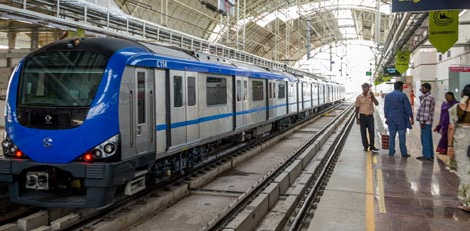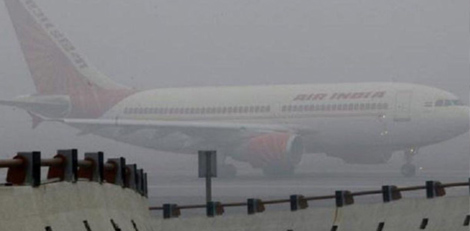
Monsoons in Chennai to be severe warns a study by SRMIST
Posted on: 28/Aug/2020 9:37:48 AM

In the coming years, if the increase in the global temperatures is not brought under the control then we might see knee deep water in Chennai city during the NE monsoon.
Between the years 2020 and 2049, there could be 5% increase in the rainfall in the northeast monsoon time. This would increase to 21% between the years 2070 and 2099 over most parts of south peninsular India. This was revealed by a new study.
It is common knowledge that greenhouse gas emissions are responsible for global warming. The point is the rains would increase in most parts of south peninsular India despite measures to control the greenhouse gas emissions. The NE monsoons could rise by 11% by the year 2050 and by 38% before the end of the century if very little or no measures were taken and high emissions continue.
The study observed that the overall frequency and intensity of the rainfall might increase and by the year 2050 the changes could become rapid. Truth is that the highest 24hour rainfall and consecutive 5day rainfall events could become intense and the number of consecutive dry days could reduce.
Information collected is the number of very wet days could increase. North East or NE monsoons are responsible for about 63% of rains in Chennai plus in TN that gets nearly half of its annual rainfall.
This NE rainfall plays a huge role in contributing 30% rainfall in certain parts of Kerala, coastal AP, Rayalaseema and south interior Karnataka etc. Depression phenomenon has been producing rains mostly. The study was jointly carried out by the Pune based India Institute of Tropical Meteorology and by Rourkela based NIT and Chennai based SRMIST.
It must be taken into account that the climate simulations and projections of 20 different global climate models from NASA Earth Exchange led to the findings.







